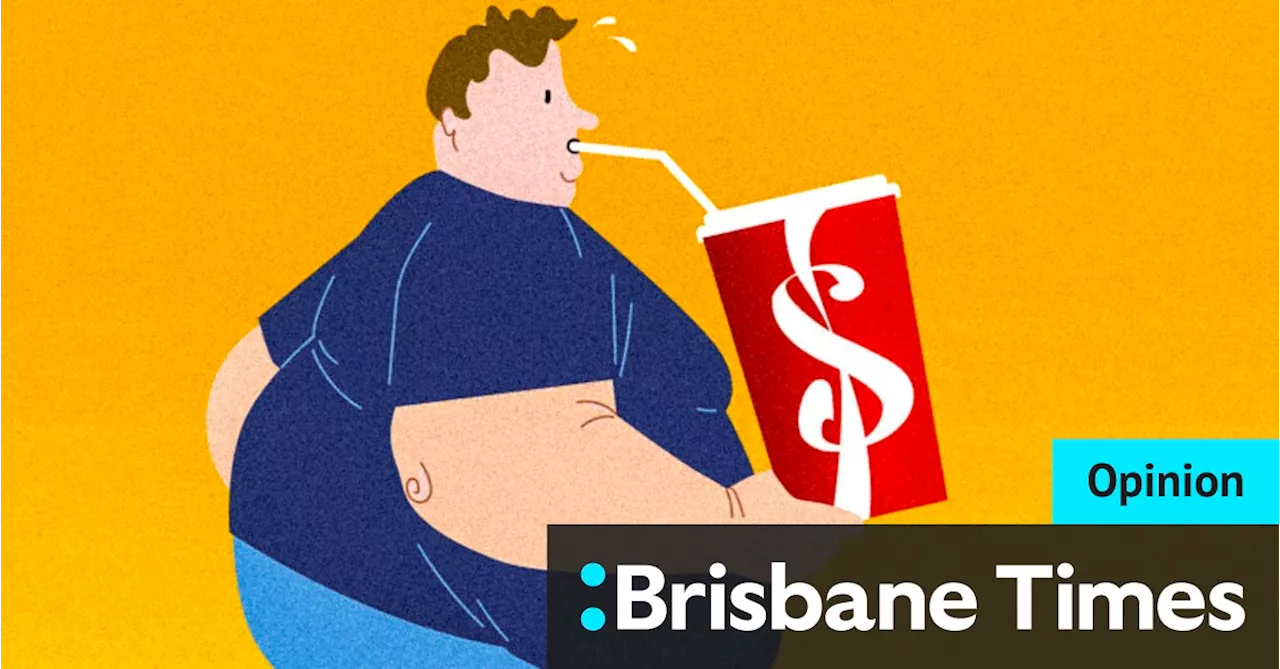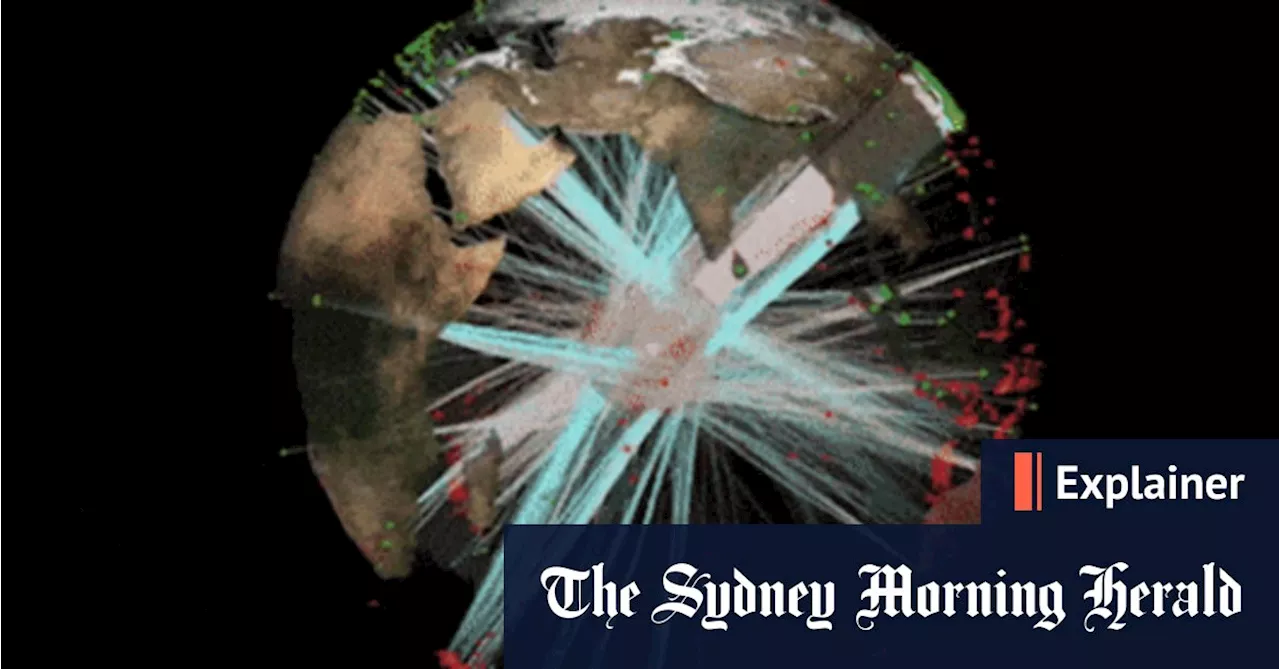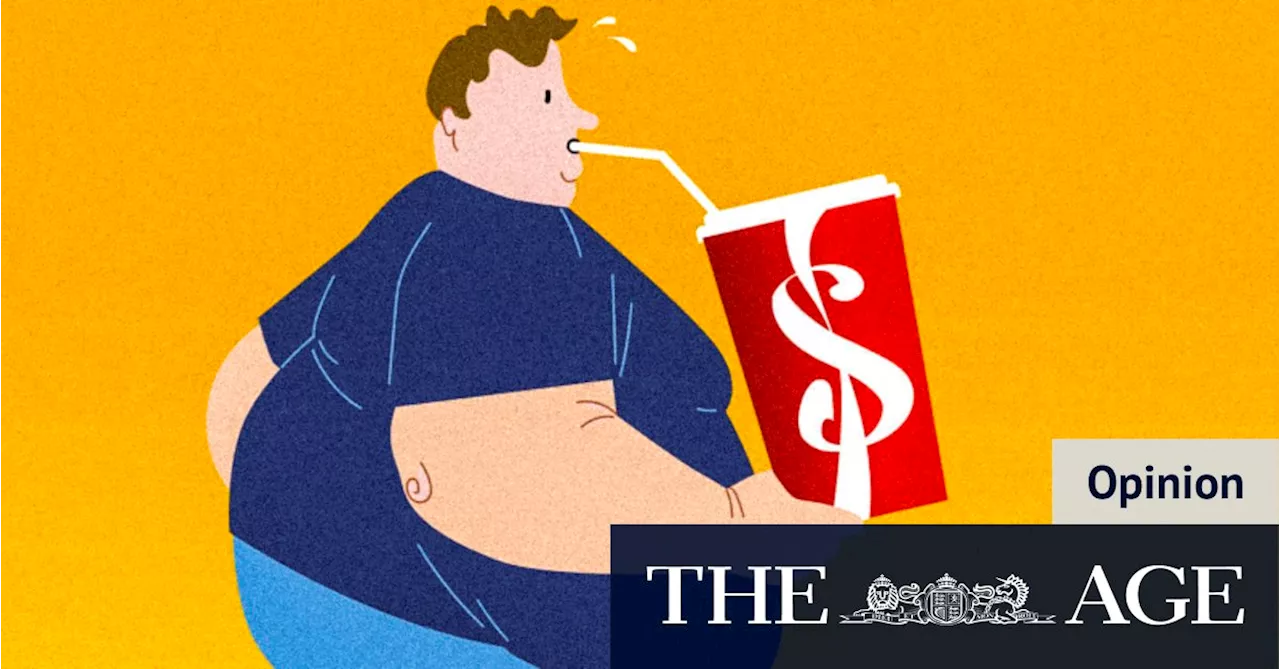This article explores the rising rates of obesity and diabetes in Australia, highlighting excessive sugar consumption as a major contributing factor. It emphasizes the hidden sources of sugar in everyday foods and drinks, urging Australians to be mindful of their sugar intake.
If you’re like me, chances are that during the silly season you indulged in a bit more of the guilty pleasures than usual. I would make a bet though (and hit bingo about 90 per cent of the time) that it wasn’t tobacco that you reached for, but sugary treats – and maybe a bit of alcohol. The rates at which we tax tobacco might have you thinking that smoking is among the biggest health risks we face.
But with the daily smoking rate down to about one in 10 people, it’s things like obesity and diabetes that have grown to become our biggest health problems. You might not realise it, but on average, Australians consume half a kilogram of sugar each week – much of it invisible.Obesity has tripled in Australia since 1980, and so has diabetes over the past 25 years. In 2022, one in three Australian adults was obese and another one in three overweight, while about one in 20 had diabetes.have highlighted , one of the heftiest reasons we have such high rates of obesity and type 2 diabetes – which makes up more than 85 per cent of diabetes cases – is that we consume far too much sugar. You might not realise it, but on average, Australians consume half a kilogram of sugar each week – much of it invisible. That lolly snake or biscuit you reach for in the afternoon might be obvious culprits, but large quantities of sugar also swim around in soft drinks and even savoury products such as pasta sauces and pre-made soups. “Popular drinks such as Solo and Coke have as much as 10 teaspoons of sugar in just one 375-millilitre can,” Breadon says. Our high sugar consumption puts us at higher risk of diabetes: a disease that contributes to one in 10 Australian deaths, leaves thousands of us sick or with a disability, and costs billions of dollars a year to taxpayers. In 2018, obesity alone was estimated to cost nearly $12 billion in direct health and indirect community cost
OBESITY DIABETES SUGAR CONSUMPTION HEALTH RISKS AUSTRALIA
Australia Latest News, Australia Headlines
Similar News:You can also read news stories similar to this one that we have collected from other news sources.
 Hidden Sugar Threat: Australia's Obesity and Diabetes CrisisThe article explores the hidden dangers of sugar consumption in Australia, highlighting its link to the rising rates of obesity and type 2 diabetes. It reveals the average Australian's weekly sugar intake, emphasizing the prevalence of 'invisible' sugars in everyday foods and beverages.
Hidden Sugar Threat: Australia's Obesity and Diabetes CrisisThe article explores the hidden dangers of sugar consumption in Australia, highlighting its link to the rising rates of obesity and type 2 diabetes. It reveals the average Australian's weekly sugar intake, emphasizing the prevalence of 'invisible' sugars in everyday foods and beverages.
Read more »
 The Hidden Danger: Fault Lines and the Threat of EarthquakesThis article explores the connection between fault lines in the earth's crust and the occurrence of earthquakes, highlighting the devastating consequences they can have on cities built on these vulnerable areas. It uses the Bam earthquake in Iran as a case study, drawing parallels with other historical events and emphasizing the enduring risk posed by these geological phenomena.
The Hidden Danger: Fault Lines and the Threat of EarthquakesThis article explores the connection between fault lines in the earth's crust and the occurrence of earthquakes, highlighting the devastating consequences they can have on cities built on these vulnerable areas. It uses the Bam earthquake in Iran as a case study, drawing parallels with other historical events and emphasizing the enduring risk posed by these geological phenomena.
Read more »
 Fat shaming of women in Australia's medical system has hidden impactFor generations words like fat, obese and overweight have been thrown around like hand grenades. In medical settings, the damage dealt can last generations. And the victims are overwhelmingly female.
Fat shaming of women in Australia's medical system has hidden impactFor generations words like fat, obese and overweight have been thrown around like hand grenades. In medical settings, the damage dealt can last generations. And the victims are overwhelmingly female.
Read more »
 Australia's Airport Immigration Processing Times: Faster Averages, Hidden CaveatsThe Department of Home Affairs reports faster average immigration processing times at Australian airports, but a new policy excludes slow clearance times from the calculation.
Australia's Airport Immigration Processing Times: Faster Averages, Hidden CaveatsThe Department of Home Affairs reports faster average immigration processing times at Australian airports, but a new policy excludes slow clearance times from the calculation.
Read more »
 Australia's Airport Processing Times: Faster Averages, Hidden CaveatsAustralia's Department of Home Affairs reported faster average immigration clearance times at international airports, but a significant change in the calculation method excludes the slowest processing times.
Australia's Airport Processing Times: Faster Averages, Hidden CaveatsAustralia's Department of Home Affairs reported faster average immigration clearance times at international airports, but a significant change in the calculation method excludes the slowest processing times.
Read more »
 Magnitude 7.3 earthquake strikes near VanuatuThere is no Tsunami threat to Australia, the Bureau of Meteorology confirmed.
Magnitude 7.3 earthquake strikes near VanuatuThere is no Tsunami threat to Australia, the Bureau of Meteorology confirmed.
Read more »
